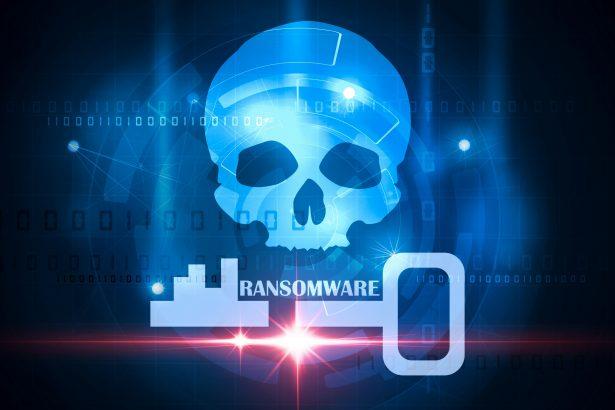Amid the evolving landscape of cyber threats, Tisak emerges as a ransomware variant that encrypts files and presents users with a daunting ransom note, altering the landscape of digital security. This article aims to unveil the intricacies of Tisak, decipher its impact and aftermath, explore detection names, highlight similar threats, provide a detailed removal guide, and propose best practices for mitigating future infections.
Tisak Ransomware: Encrypting Files and Demanding Ransom
Tisak ransomware encrypts user files and appends the “.Tisak” extension to the filenames, rendering them inaccessible. Users are then confronted with a ransom note, “Tisak_Help.txt,” detailing the encryption and listing contact emails, tisak1998@skiff.com and tisak1998@cyberfear.com, for communication purposes. The note threatens to expose compromised data on Tor darknet sites if the ransom is not paid, instructing victims to await further payment instructions after contacting the attackers.
Key Actions and Consequences:
- File Encryption: Tisak encrypts files and renames them with the “.Tisak” extension, rendering them unreadable without the decryption key.
- Ransom Note: The ransom note demands payment in cryptocurrency and threatens data exposure if the ransom is not paid within the specified timeframe.
- Limited Recovery Options: Victims often find themselves with limited options: using backups, third-party decryption tools (if available), or paying the ransom.
Detection Names and Similar Threats
Tisak ransomware is detected by various antivirus solutions under different names, including Avast (Win32:TrojanX-gen [Trj]), Combo Cleaner (Gen:Variant.Fragtor.326984), ESET-NOD32 (A Variant Of Win32/Filecoder.OOO), Kaspersky (HEUR:Trojan-Ransom.Win32.Generic), Microsoft (Ransom:Win64/BlackShadow.YAA!MTB), among others. These detection names are crucial identifiers for recognizing the presence of the ransomware.
Similar threats in the ransomware landscape, such as ChocVM, BO Team, and Cdmx, share the common trait of encrypting files and extorting ransom from victims.
Removal Guide: Mitigating the Tisak Impact
Addressing Tisak ransomware requires a strategic approach to mitigate its impact and eliminate its presence from the affected system:
- Isolate and Disconnect: Immediately disconnect the infected device from the network to prevent further spread.
- Backup Encrypted Files: Safely back up encrypted files to prevent data loss.
- Professional Assistance: Seek guidance from cybersecurity experts or law enforcement agencies for guidance and assistance in handling the situation.
- Avoid Payment: Refrain from paying the ransom as it doesn’t guarantee file recovery and fuels cybercriminal activities.
- Reinstallation and Recovery: Consider reinstalling the operating system and restoring files from secure backups.
Best Practices for Prevention
Preventing future ransomware infections necessitates proactive cybersecurity measures:
- Educate Users: Train individuals to recognize phishing attempts, avoid clicking on suspicious links or downloading attachments from unknown sources.
- Regular Backups: Maintain regular backups of essential data in secure, offline locations.
- Update Systems: Keep operating systems and software up-to-date with the latest security patches and updates to mitigate vulnerabilities.
- Security Software: Utilize reputable antivirus or antimalware software for real-time protection against ransomware and other threats.
In conclusion, Tisak ransomware poses a severe threat to data security and user privacy. By comprehending its actions, recognizing detection names, implementing stringent removal measures, and adhering to best practices, individuals can fortify their defenses against the cryptic threat of ransomware in the digital realm.




